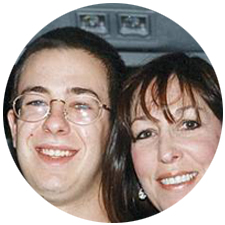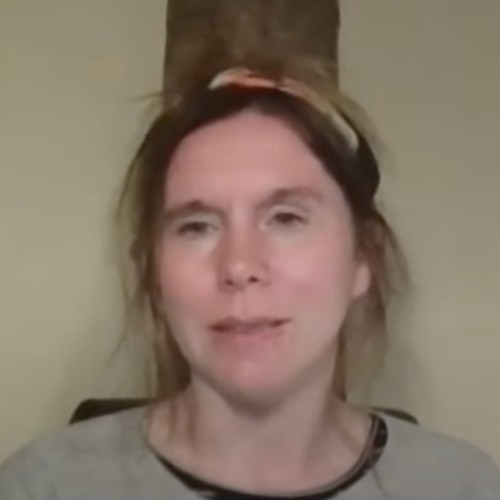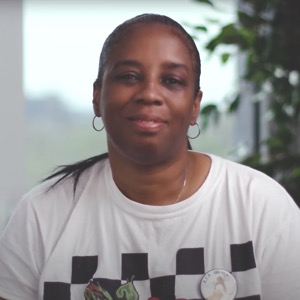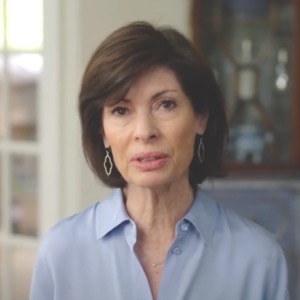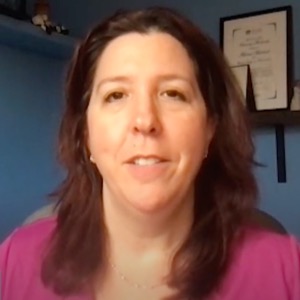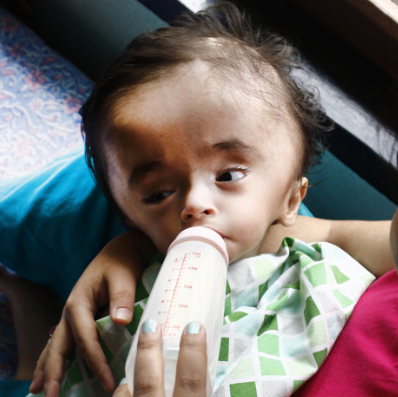The last normal day of Michael’s life began like any other. He was sitting on the couch playing with the family’s new puppy. Suddenly, he inexplicably passed out. When Michael regained consciousness, the 22-year-old EMT and nursing student knew he had to get to the emergency room right away.
At the time, a doctor suggested that Michael had probably had a seizure, a side effect of Wellbutrin, an antidepressant he had been taking for smoking cessation. But a CT scan later revealed a three-millimeter dot in his brain. The Skolnik’s believe that the neurosurgeon made a quick and deadly rush to judgment. He had warned that Michael was lucky to have survived his initial seizure and that he needed surgery immediately.
“He said, it’s a very simple operation,” Patty recalls the doctor saying. “You don’t even go in the brain. All I do is go in and excise the cyst.” The Skolnik’s say the doctor claimed to have performed many such surgeries, but he later admitted in a legal deposition that Michael’s procedure had only been his second.
Whatever the case, no cyst was removed or revealed. An exhausting three-hour operation ended six hours later, and Michael was never the same again. Other physicians have since told the Skolnik’s that at most, a shunt should have been placed in Michael’s brain and that the elusive dot was likely benign. The seizure, some doctors say, was likely a bad reaction to the Wellbutrin.
The neurosurgeon, who would later establish a […now closed…] medical practice at Western Plains Neurosurgery in Scottsbluff, Nebraska, has been unavailable for comment to the press. He reportedly still lives in the Denver area and plans to open a new practice in Glenwood Springs, according to a Western Plains receptionist.
The Skolnik’s become visibly angry when they describe the way the neurosurgeon announced Michael’s prognosis after the ill-fated surgery. “He pulled back his hat and says ‘I’ve had the worst year,’” David recalls angrily. “We were a family that made decisions together. This changed who we are. It was our life forever with Michael. Now, it’s still our life, but without Michael.”
The family’s 32-month nightmare included multiple surgeries, systemic infections, deep vein thrombosis, pulmonary embolism, DIC and sepsis. Michael suffered from paralysis, psychosis, respiratory arrest and an endocrine-system failure that caused him to gain more than 100 pounds. He was partially blinded and unable to speak. He was fed through a tube in his stomach.
On June 4, 2004, Michael looked into his father’s eyes, mouthed “I love you” and died.
It’s April 1, 1986. Seven-year old Michael Skolnik is up to his usual tricks, but this time, he is armed with a convenient little alibi called April Fool’s Day. The mischievous child is slowly creeping up behind his unsuspecting mother… when all of a sudden, crack! A perfect shot, over and easy. A broken egg scrambled on Patty’s face.
“He just thought that was the funniest thing he had ever done,” Patty recalls, as a glow quickly covers the same face. “My first reaction was, ‘What have you done?’ But then, you had to laugh because Michael just made you laugh. He was such a character.” The laughs come as easy as the tears when Patty talks about her only child. “Your life is forever changed and you hope there is something after death so you can believe you will see your child again,” Patty says. She remembers Michael’s realization, at 13, that he did not believe in God.
“What if you die and you find out there is a God, what do you think God will feel?” Patty quizzed her son at the time. “Well, if God is supposed to be all forgiving, he’ll forgive me for not believing in him,” the young teen retorted.
The exchange has resonated with Patty for more than a decade. “I thought that was pretty profound for a 13-year-old,”she says smiling.“Somehow, some way, I feel Michael is right there behind me pushing me along.”

